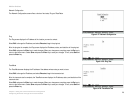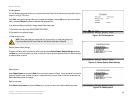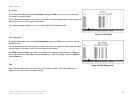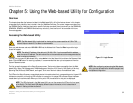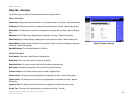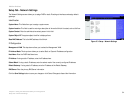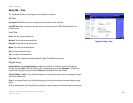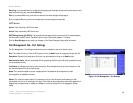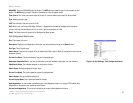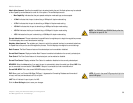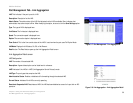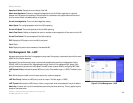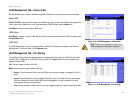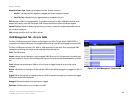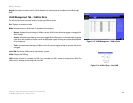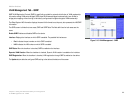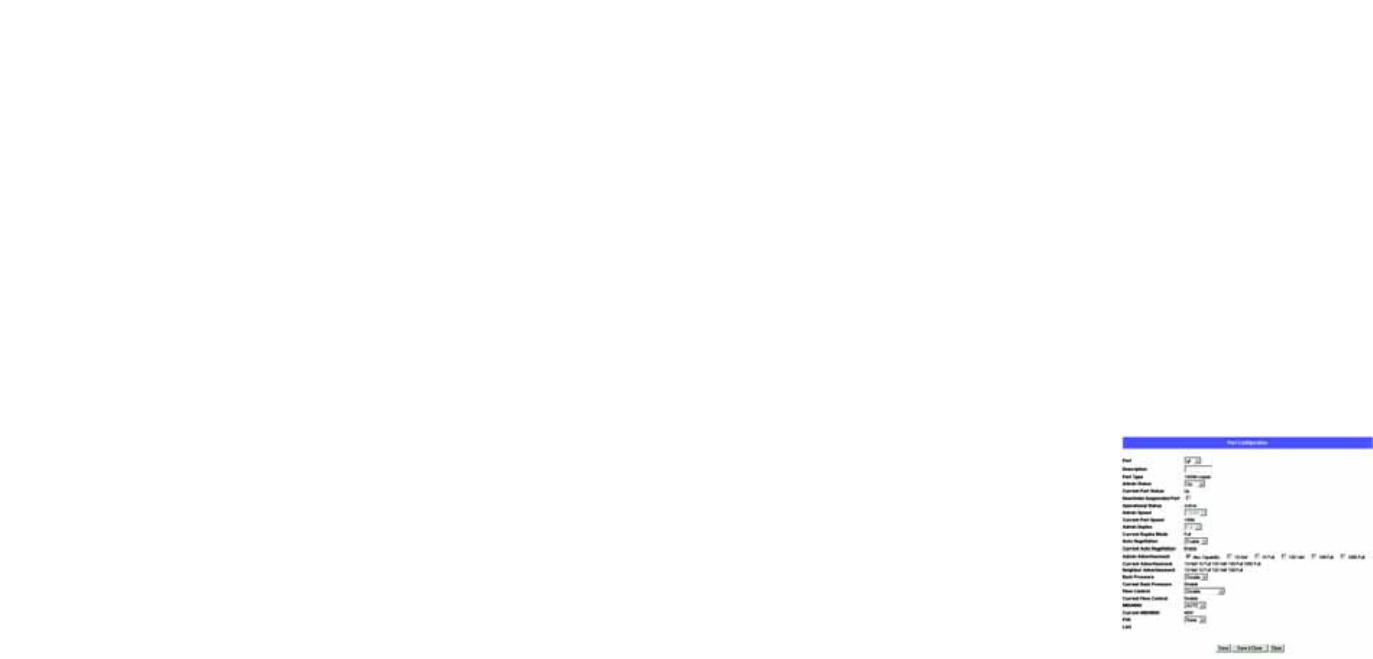
37
Chapter 5: Using the Web-based Utility for Configuration
Port Management Tab - Port Settings
WebView Switches
MDI/MIDX. This is the MDI/MDIX status of the port. The MDI setting is used if the port is connected to an end
station. The MDIX setting is used if the port is connected to a hub or another switch.
Flow Control. This is the flow control status of the port. It is active when the port uses Full Duplex Mode.
Type. Displays the port type.
LAG. This indicates if the port is part of a LAG.
PVE. When a port is a Private VLAN Edge (PVE) port, it bypasses the Forwarding Database and forwards all
unicast, multicast, and broadcast traffic to an uplink. Uplinks can be ports or LAGs.
Detail. The Detail button will open the Port Configuration Detail screen.
Port Configuration Detail screen
Port. The number of the port.
Description. Displays a brief description of the port (can be entered by clicking on the Detail button).
Port Type. This is the port type.
Admin Status. The port can be taken offline by selecting the Down option. When Up is selected, the port can be
accessed normally.
Current Port Status. The current status of the port is displayed here.
Reactivate Suspended Port. If you want to reactivate a port that has been suspended, click the checkbox.
Operational Status. This indicates whether or not the port is active.
Admin Speed. Change the speed of the port here.
Current Port Speed. The current speed of the port is displayed here.
Admin Duplex. Change the duplex mode here.
Current Duplex Mode. This is the duplex mode of the port.
Auto Negotiation. You can enable or disable the port’s Auto Negotiation feature. If using an SFP module, Auto
Negotiation for the specific port should be set to Disable.
Current Auto Negotiation. This is the current setting of the port’s Auto Negotiation feature.
Figure 5-6: Port Settings - Port Configuration Detail



